Why Monster?
The term makes us think of big stomping creatures or morally depraved evildoers. Julie d’Aubigny is neither of those.
In Julie’s era, to be a monster was to be one of a kind. A monster was so different from the normal as to seem supernatural.
According to a French dictionary from 1690, the monster inspires admiration in some, dread in others.
This perfectly captures how Julie’s contemporaries reacted to the unbeatable swordswoman, mesmerizing singer, and uninhibited lover who dominated their fantasies and fears for a dozen years before disappearing into the shadows of history.
Graphic: definition from Dictionnaire Universel (1690) by Antoine Furetière. Translation: “Prodigy who is contrary to the order of nature, whom one admires or whom one fears.”

